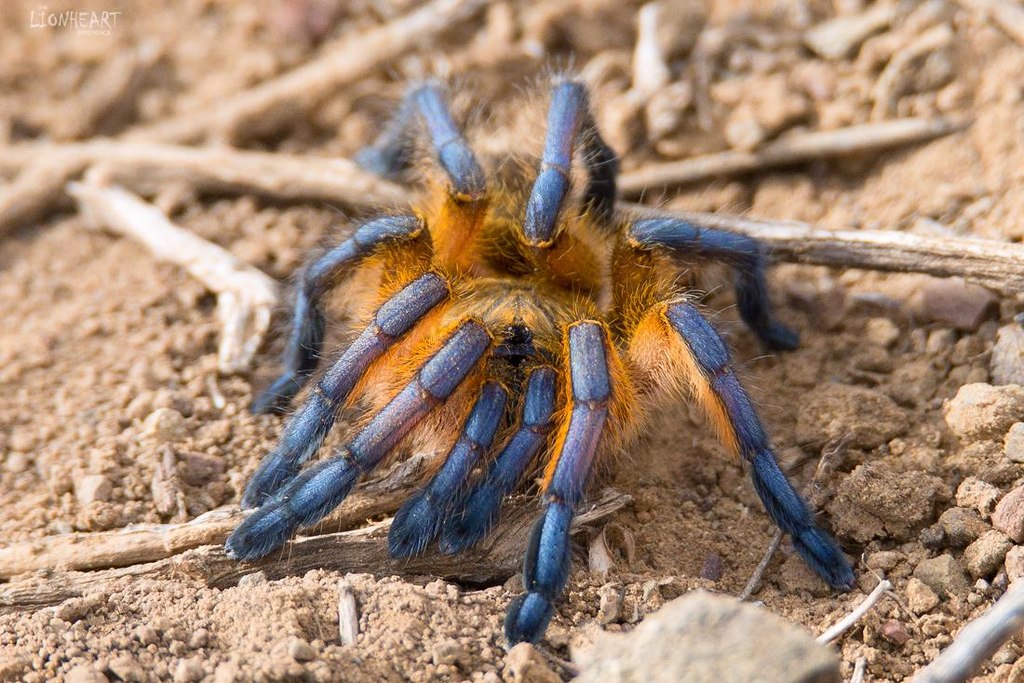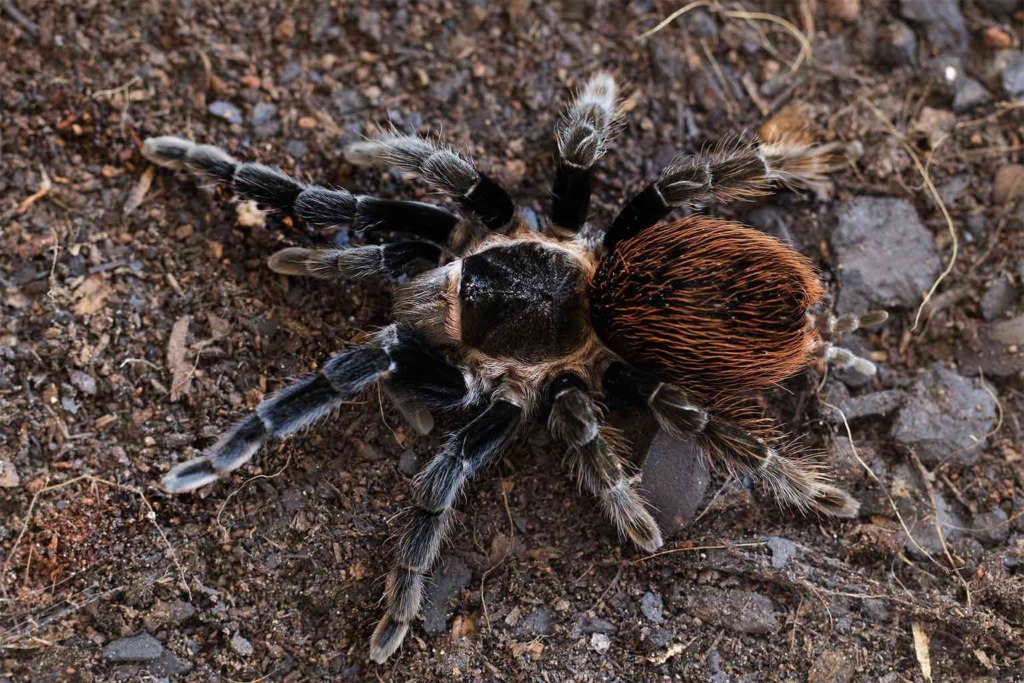Spiders are important
Spiders are important parts of the ecosystems where they live. Spiders eat other invertebrates and help keep their populations from exploding. Spiders provide free pest control for us humans! Some spider prey are considered pest species because they eat crops or spread diseases.

The LionHeart Experience, CC BY 4.0, via Wikimedia Commons
The illegal pet trade is a problem for spiders
Some people like keeping spiders as pets. Some spider species are legally sold in the pet trade, but many spiders are sold illegally. This means they are collected from the wild and traded without permission. This is bad for two reasons:
- Some species of spiders are becoming endangered because of the illegal pet trade. This is also happening to other invertebrates, including scorpions.
- Animals that are traded as pets sometimes escape captivity or get released outside, where they can become invasive “alien” species in their new home. Invasive spiders can displace – or take over – from local spiders. They can also carry and spread diseases and pathogens.
Scientists are tracking the illegal trade in spiders
Scientists are studying the illegal trade in invertebrate species like spiders. Alice Hughes is a biologist at the University of Hong Kong. She and her colleagues looked on the internet to see how large the trade in invertebrate species is. They found that at least 1264 different arachnid species (spiders and scorpions) are being traded online around the world. Some of these species are tarantulas.
Tarantulas are especially likely to become endangered if they are removed from their habitats illegally for the pet trade. Many tarantulas are long-lived and have slow reproductive rates. This means that if most of the tarantulas are removed from their habitat there will likely not be enough tarantulas to make babies and replace the missing individuals.

(A) Aerial view of the Ceratogyrus attonitifer‘s habitat — a wetland amongst miombo (Brachystegia) woodland. (B) A C. attonitifer with the horn on its back seen. (C) A C. attonitifer in defensive posture typical for baboon spiders. (D) The spider’s burrow entrance amongst a grass tuft. Image courtesy of John M. Midgley, Ian Engelbrecht.
Alice Hughes and her colleagues found that 25% of new tarantula species described by scientists since 2000 have entered into international trade. What this suggests is that newly described species are illegally collected because some people like to have a rare spider that nobody else has.
The Hughes team studied how these rare tarantula species get taken from their habitats in the wild and sent into the international illegal pet trade.
They found that on every continent with an illegal pet trade, at least one country becomes a “mega-conduit” for spiders from the rest of the region. These are countries where it is easier for illegal wildlife traders to sneak out live animals. In “mega-conduit” countries, airport baggage is not screened as heavily as it is in other places. Also, these countries may not require export permits for live animals. The study identified China, Chile and Ghana as three such conduits.

A Mexican redrump: Brachypelma vagans has been introduced to the wild in Belize and the U.S. state of Florida via the pet trade. Image by Danny_de_Bruyne via Pixabay (Public domain).
The trade in some large tarantula species around the world is regulated by CITES, the international treaty set up to protect endangered plants and animals. However, most other invertebrates are not well protected by CITES or other treaties. Alice Hughes’s study found that more than 73% of the spider species for sale online were not even listed as being in trade either by CITES or the Law Enforcement Management Information System run by the U.S. Fish and Wildlife Service (USFWS).
To better protect wild spiders and other invertebrates, scientists need more information on how animals are being collected and traded and how many of them still survive in the wild. New regulations may be needed to help stop the illegal trade in spiders and other invertebrate species.






